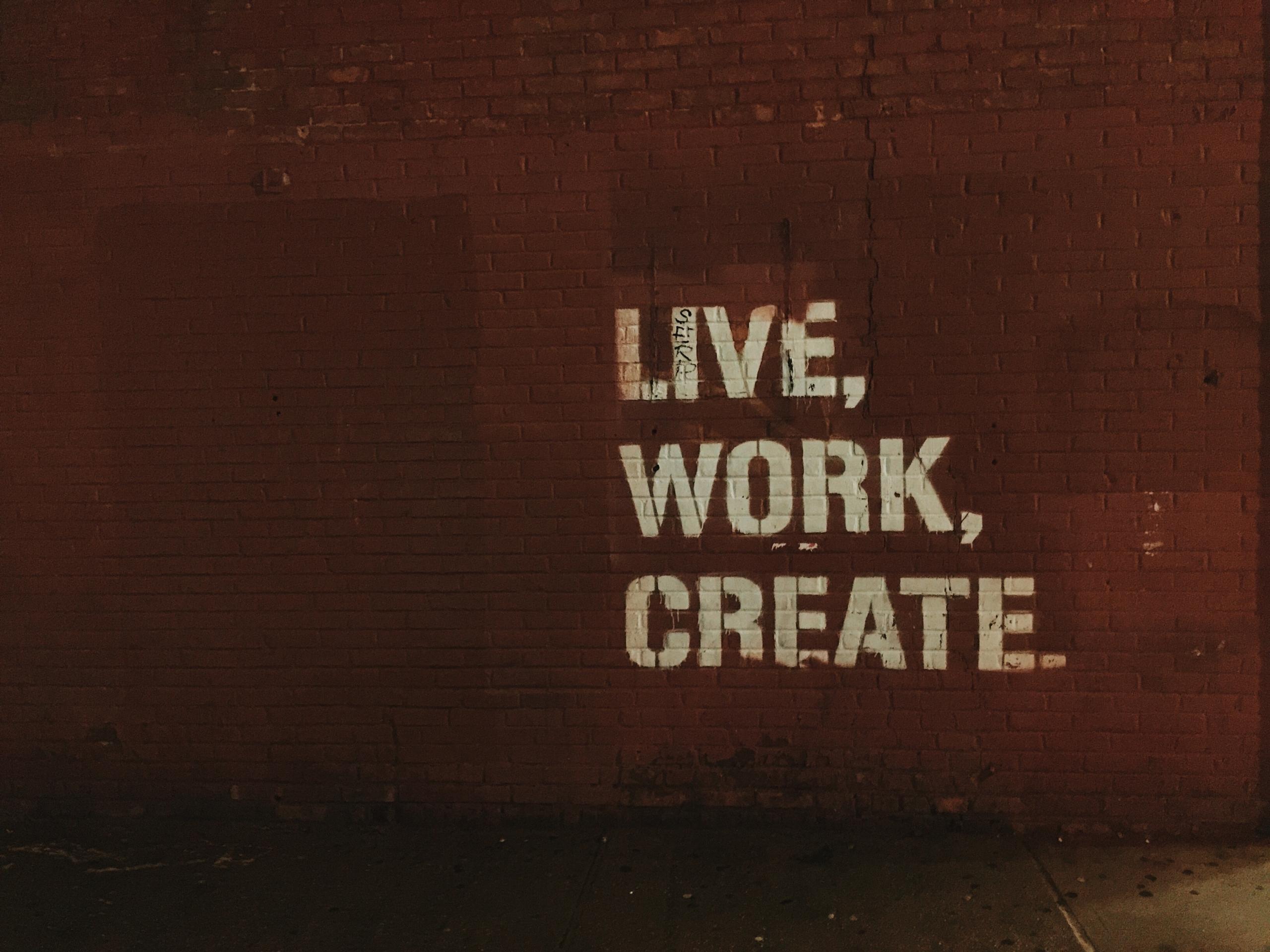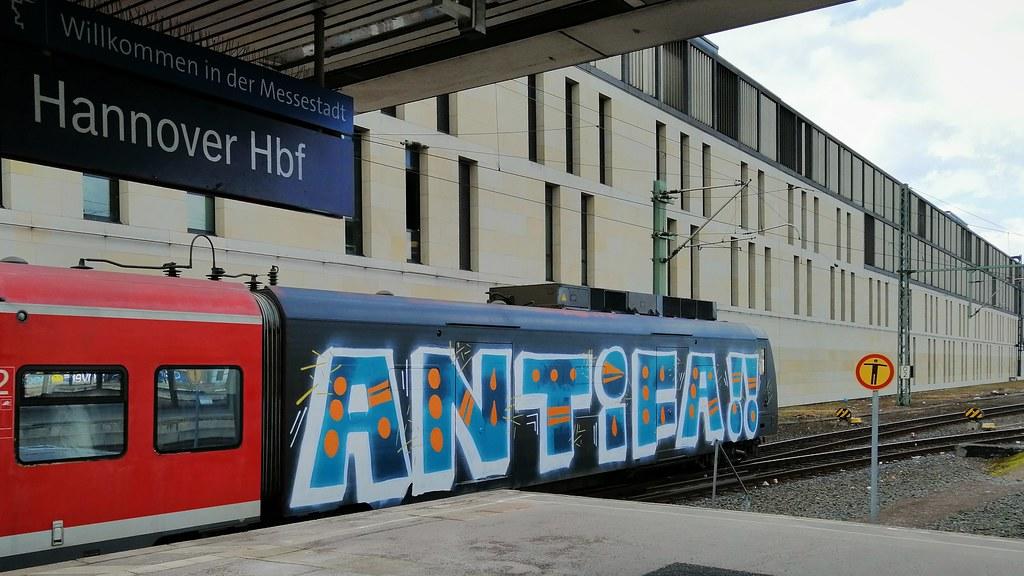Graffiti as an artistic expression is often associated with subcultures, seen as an act of rebellion against authority.
Originally, graffiti was a public retort at the lack of access to art institutions and museums. It touched upon socio-political themes, highlighting the unrest, crime, struggle, and discrimination in society.
Since it was considered vandalism, this diverse art form has thriven underground. In addition, it has provided countless new artists a reasonable opportunity to voice themselves.
Although they might often be excluded from dominant media and histories, they find a space that celebrates them with graffiti.
Since then, the art form has received significant legitimacy. However, even though graffiti as an art form is still widely popular, other mediums involving it have followed, like stickers, wheat-pasting, and stenciling.
Despite this, it has not lost its political tinge. Artists have deployed graffiti to express their indigenous history, political opinions, religious and cultural imagery, and social concerns.
Similarly, as an art form, graffiti has become a tool of reclamation, empowerment, and resistance. It allows artists to create their own space for popular education and expression.
Fortunately, graffiti has finally been recognized as a public art form embraced by art critics, museums, and art institutions alike.
However, it is still most significant to the neighborhoods where graffiti is painted. This reiterates the significance of art's inclusion and accessibility to communities and movements.


History Of Graffiti In The US
Graffiti's contemporary history dates back to the late 1960s. It was the natural outcome of New York City's demographic diversity, alongside the numerous street subcultures spread across the city, such as hip-hop music.
The invention of the aerosol spray triggered the explosion of this art form.
Early graffiti artists were typically called 'taggers' or 'writers.' People who wrote stylized signatures or 'tags' aimed to tag as many locations as possible, hence the nicknames.
The basic underlying principle of graffiti was undeniably the intent to display artwork to a larger audience. By 'tagging' as many places as possible, 'taggers' could reach a large and diverse population.
Even though it is difficult to pinpoint the first tagger's location, a few claim this from New York; specifically, Take 183 and Julio 204 from the Washington Heights Area.
However, others identify the origin point to be Philadelphia, as the hands of the renowned tagger, Corn Bread.
Regardless, it is undisputed that New York is the place where graffiti culture matured, blossomed, and unmistakably distinguished itself from the formative years of graffiti.
Soon after that, graffiti started appearing all over subway cars and city surfaces. The trains, in particular, became critical targets for New York City's early graffiti taggers and writers.
Since these vehicles traveled long distances, they dramatically increased the artist's audience. In fact, many famous graffiti artists looked down upon the ones who wrote on walls.
Notable sociologist, Richard Lachmann, noted how a unique and dynamic art form was propelled by a moving object; the subway trains.
He further added the best graffiti was created to be appreciated in motion. Indeed, many believe generic graffiti canvases and photos cannot convey the aura and energy of a giant motion artwork.
Subway cars' graffiti started as simple, crude tags. Unfortunately, as tagging increased in popularity, writers faced the problem of innovating newer ways to have their name stand out.
In recent years, new calligraphic graffiti styles have emerged. Those tags have evolved into colorful, large, and elaborate pieces.
The discovery that various spray can nozzles from household aerosol products, such as oven cleaners, can form different line widths and effects also expedited this evolution.
Thus, it did not take long for these crude tags to increase in size and turn into colorful, artistic pieces that took up entire subway cars' length.

Graffiti's Various Styles
Graffiti is present everywhere. In fact, some even consider Egyptian hieroglyphics as the earliest examples, while others are convinced modern advertising is also graffiti.
Whatever may be the case, this art form is present globally, from Tokyo to Los Angeles.
All graffiti falls under certain basic styles:
Throw-Ups
Throw-ups are another type of tagging. The primary difference is that they are typical of greater size, sophisticated, and use a variety of colors and paints.
Throw-ups are commonly written with bubble-style writing via spray paint cans. Some famous graffiti artists who work in this style include Twist, Iz the Wiz, and Eine.
Blockbuster
Blockbuster goes one step further in sophistication than throw-up graffiti. It's substantially larger, filling up the whole space it is drawn on.
Nevertheless, just like throw-up or tag, blockbuster is also produced in a short time. Its lettering is in block styles. Moreover, most artists prefer rollers when creating these masterpieces.
Famous blockbuster graffiti artists include Katsu, Eggs, and Nekst.
Tagging Or Tags
It is the simplest, easiest, and one of the most well-known graffiti styles. It usually only consists of an artist's signature via a pseudonym.
A single color spray paint is used to draw an identifying symbol or artist's tag name.
When it comes to this style, one name stands out among the rest; the legendary Cornbread.
He famously broke inside the Philadelphia Zoo in the '60s and spray-painted 'Cornbread Lives' on an elephant's side
Wild-Style
This graffiti style is also based on text. Notably, it employs some elaborate font styles that might be difficult to read.
Even then, its legibility does not make the wild-style unappealing. In fact, it is widely perceived as among the most visually attractive tagging variety.
Interlocked and complicated letters, arrows, spikes, and ornamental elements are integrated into this intricate graffiti as an art form.
Unsurprisingly, wild-style graffiti also uses many colors, and many artists also add a background.
Daze, Comet, Futura 2000, Blade, Saber, and Dondi White are all excellent examples of wild-style graffiti.
Stencil
Stencil graffiti has become increasingly popular in recent years. The internationally renowned 'Banksy' used the stencil style, bringing it to the mainstream graffiti scene.
Stencils are shapes made out of paper, plastic, cardboard, metal, or any other material. Artists usually spray against these stencils to form imagery or text.
Some artists also cut out shapes on rollers' foam. Then, they simply roll these patterns onto a surface. The best part about stencils is that they can perfectly recreate shapes and designs.
Notable graffiti stencil artists include the likes of Shepard Fairey, Blek le Rat, Vhils, and Banksy.
Heaven-Spot or Heaven
Heaven-spot or heaven refers to graffiti art painted in difficult-to-reach places. So naturally, it isn't easy to access.
One can find them on high-rise buildings, roofs, bridges, and other places that are hard to get.
Artists who can create heaven-spot graffiti gain a lot of credibility and respect from their peers.
Piece
This type of graffiti is painted freehand. As you might have already guessed, it is short for 'masterpiece.'
Each piece has a minimum of three colors, and they typically take much longer to paint than traditional tags.
Unlike some other forms of graffiti artwork, piece has achieved a degree of public acceptability. An example painted in a noticeable place garners respect from other artists and the public.
Taps & Moses, Daze, Horfe, and Lady Pink have all built their fame by mastering this style of artistic expression.
3D Graffiti
By forming an elaborate illusion, 3D graffiti enthralls its viewers. As the name suggests, it creates a three-dimensional illusion with an effect like no other.
Due to their unique nature, 3D can also cover multiple walls or be spread out on roads and pavements.
Renowned 3D graffiti artists include Kurt Wenner, Edgar Mueller, and Scaf.

Graffiti As An Art Form
From only a simple scribbled name on back-alley walls to the various forms it manifests in today, graffiti has come a long way from its humble beginnings.
Still, some graffiti genres are more controversial than others, and the art world's orthodoxy still hasn't recognized them.
Regardless, but they are still part of the greater street art scene. At least graffiti is not universally dismissed as vandalism anymore.
Not everyone appreciates or even likes graffiti as an art form. But keep in mind, it does not intend to appeal to everyone.
Instead, graffiti's appeal lies in its subversive nature, so it is designed to be disliked from the get-go.
Throughout its history, graffiti has been a statement of unadulterated self-expression by disenfranchised groups.
Consequently, graffiti artists never seek public fame or any mainstream appreciation, nor do they want their work to be publicly understood. It is usually created only to speak to other artists in the community.
Learn About Graffiti With Superprof!
Undoubtedly, graffiti has quite a colorful history. If you want to take art as your college major and graffiti inspires you, why not start learning it from tutors near you?
At Superprof, you will find the ideal tutors for you near you. Get in touch with qualified, experienced, and certified tutors near you to commence your journey as an artist.















very nice and informative article.